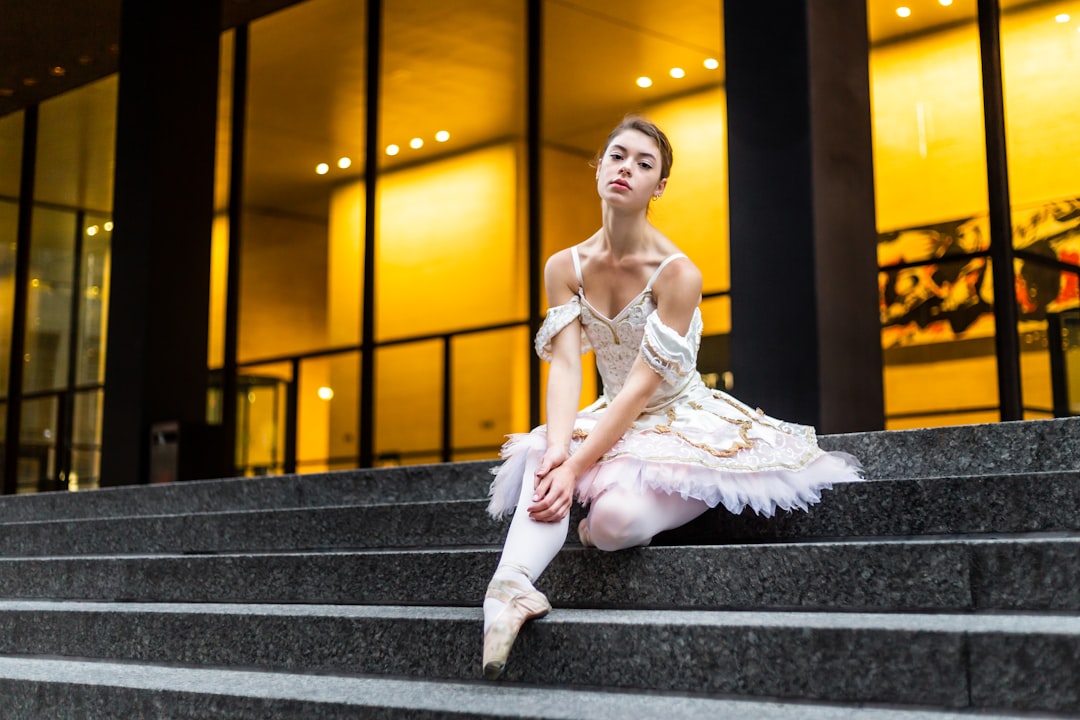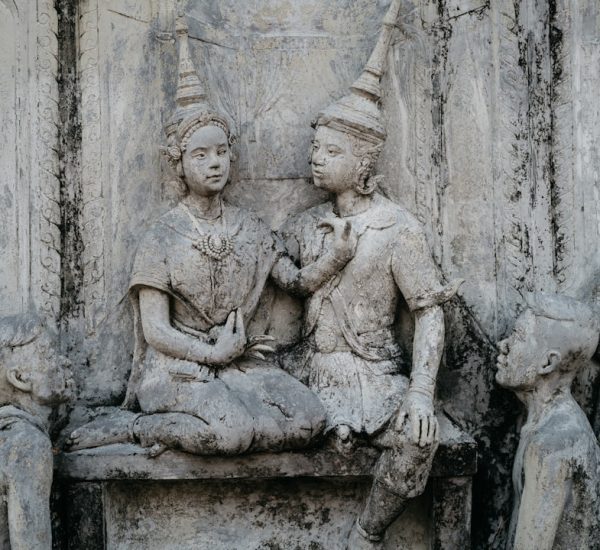When we think of ballet, many people envision graceful dancers floating across a stage, seemingly defying gravity and moving with impeccable elegance. But behind the beauty lies immense physical rigor, discipline, and technical precision. This paradox has long fueled the debate: is ballet a sport or an art? While there’s no consensus, dissecting the nuances on both sides can illuminate why this question continues to spark conversation among dancers, athletes, scholars, and audiences alike.
The Artistic Essence of Ballet
Ballet has been historically regarded as a form of art — a mode of expression that tells stories, conveys emotions, and explores human experiences. Created centuries ago during the Italian Renaissance and formalized in the courts of France under Louis XIV, ballet evolved alongside other classical performing arts such as opera and symphonic music. In this context, it holds a revered position within the artistic canon.
At its core, ballet employs movement as storytelling. Unlike sports, which are usually judged based on structured rules and outcomes like winning or losing, ballet is about interpretation, style, and emotion. Every pirouette, leap, and extension is choreographed not only for physical accuracy, but for its dramatic impact. Dancers are trained to evoke specific feelings and narratives through subtleties in motion and facial expression — abilities central to artistry.
- Emotional depth: Ballet is a medium to explore human emotions — love, tragedy, conflict, joy.
- Interpretive freedom: Different companies and performers often express the same choreography in unique, subjective ways.
- Aesthetic value: Sets, music, lighting, and costumes are integral to ballet’s artistic presentation.
This artistic element is what many cite to argue that ballet should not be viewed as a sport. Like painting or poetry, its success isn’t measured in points but in its ability to move an audience.
The Athletic Demands of Ballet
On the flip side, the physical discipline required for ballet often mirrors — and in some cases exceeds — what is expected of athletes in sports traditionally recognized by academic and Olympic institutions. Ballet dancers begin their training at a young age and commit to rigorous routines encompassing strength, flexibility, endurance, and coordination. They spend countless hours practicing specific moves to reach perfection.
The strain placed on a ballet dancer’s body is significant. Injuries commonly seen in professional sports — like stress fractures, tendonitis, and muscle tears — are also prevalent in ballet. Moreover, dancers often perform under physically challenging conditions: fast changes of direction, prolonged pointe work, and lifting partners off the ground.

Consider the following physical attributes that ballet dancers must develop:
- Strength and stamina: Dancers execute powerful lifts and maintain muscle control through extended performances.
- Flexibility: Extreme ranges of motion are necessary for aesthetic lines and movements.
- Precision and coordination: Complex footwork, jumps, and timing must be executed flawlessly.
In light of these demands, proponents assert that ballet is a sport — or, at the very least, shares enough characteristics with competitive athletics to be recognized as such. Notably, several universities and high-performance centers, such as Olympic training institutes, include ballet in their physical education and kinesiology research for its athletic parallels.
Institutional Recognition: Art Versus Sport
One of the primary reasons this debate persists is that governing institutions treat art and sport differently, influencing public perception. For example, ballet is generally not considered an Olympic sport and is not often funded or organized in the same manner as competitive athletics. Instead, it falls under the purview of arts councils and cultural institutions.
However, ballet competitions — yes, they exist — blur the lines. Events like the Youth America Grand Prix and Prix de Lausanne measure dancers against technical and expressive benchmarks, offering rankings, medals, and scholarships based on performance. These competitive structures mimic those of sports, with judges scoring performances using specific criteria.
Yet, scoring in ballet remains less quantifiable than in sports such as gymnastics or figure skating, where particular point totals are assigned to each maneuver. In ballet, the subjectivity of artistry cannot be entirely standardized, even though athletic capabilities are evident and measurable.
Voices from the Dance World
Many professional dancers have weighed in on the topic over the years. Misty Copeland, principal dancer of the American Ballet Theatre, has often described ballet as “both an art and a sport,” citing the physical demand alongside the emotional and narrative aspects. Similarly, Mikhail Baryshnikov, one of the most accomplished male dancers of the 20th century, has emphasized the athletic vigor required to master ballet at a professional level.
This dual identity is increasingly accepted within the dance world: ballet is viewed as a discipline requiring both artistic and athletic mastery. Dancers are therefore unique in that they are expected to perform emotionally while maintaining the control and precision akin to elite athletes.
Public Perception and Cultural Impact
The way society labels ballet has significant ramifications. When viewed solely as an art form, dancers may not be granted the same respect, funding opportunities, or institutional support that athletes receive. Insurance, medical care, and scholarships might also be limited for ballet dancers when the sport-like elements of their work are not acknowledged.

Furthermore, societal gender norms have influenced this debate. Because ballet is often associated with grace, beauty, and poise — traits traditionally deemed feminine — it may not always receive recognition as a physically demanding discipline. As awareness evolves, however, more people are beginning to appreciate ballet’s full spectrum and view it through a more holistic lens.
The Hybrid Identity of Ballet
Ultimately, the question may not be whether ballet is strictly an art or exclusively a sport. Instead, ballet may best be understood as a hybrid discipline — one that fuses the technical rigor of athletic training with the expressive nuance of artistic endeavor. This framing does not diminish either aspect but rather elevates both. It highlights the uniqueness of ballet and places it in a category perhaps unlike any other human pursuit.
This dual identity reflects how ballet thrives: through a tireless pursuit of physical perfection coupled with a deep well of artistic integrity. It is a philosophical and physiological challenge for performers and a rich, multidimensional experience for audiences.
Conclusion
So, is ballet a sport or an art? The answer is not simple, and perhaps that’s the beauty of it. Ballet is an art form — steeped in centuries of tradition, culture, and meaning. At the same time, it is undeniably athletic, demanding unparalleled physical strength, agility, and endurance.
In a time where interdisciplinary recognition is more valued than ever, perhaps it’s time to stop asking which box ballet fits into and instead celebrate it for what it is: a stunning, grueling, and exceptional blend of two worlds. A stage where the athlete becomes an artist — and the artist becomes an athlete.



